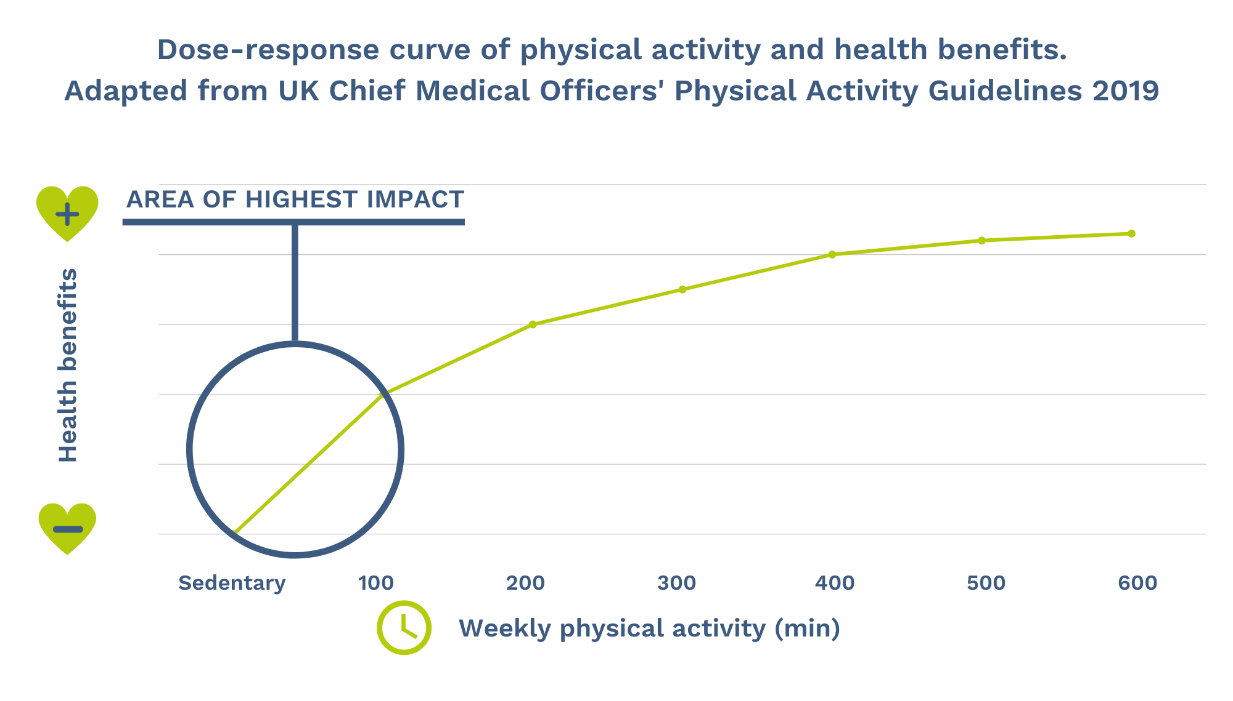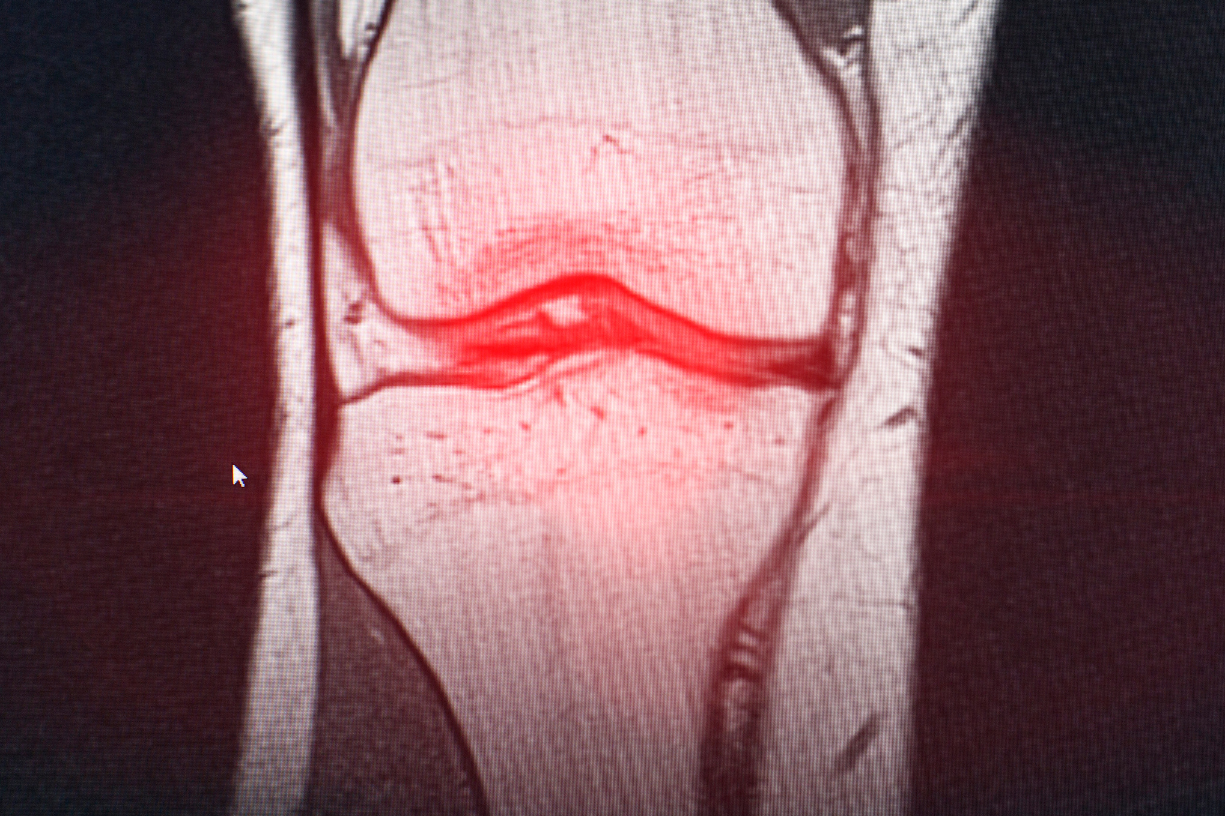What are the Best Physiotherapy Exercises for Shoulder Pain?
Are you looking for Physiotherapy exercises for shoulder pain?
In this comprehensive guide, we’ll address some of the questions you may have regarding shoulder pain. We’ll delve into the different factors that can contribute to discomfort and discuss when it’s advisable to seek medical attention.
You might find it fascinating to discover the various conditions and injuries that can result in shoulder pain. Moreover, we’ll debunk common misconceptions surrounding this issue and provide valuable tips on preventing future pain.
We fully recognise the importance of quickly finding relief from your discomfort. That’s why we’ll explore various Physiotherapy exercises for shoulder pain and other treatment options to help you recover effectively and prevent future pain.
If you’ve been experiencing shoulder pain persistently for more than two weeks or if your pain is severe, it’s crucial to consult with a Physiotherapist.
They can rule out any underlying medical conditions and determine the most suitable treatment plan for your specific requirements. You can book a free assessment with one of our Physiotherapists online, or continue reading to discover how you can effectively address your shoulder pain on your own.
In this blog we’ll be looking at the following:
– What are the causes of shoulder pain?
– When should I worry about my shoulder pain?
– Why is your shoulder in pain?
– Shoulder pain myths you need to know
– How do you treat shoulder pain?
GET A FREE SHOULDER ONLINE PHYSIO ASSESSMENT.
What are the causes of shoulder pain
If you’re currently dealing with shoulder pain, it’s important to be aware that weak shoulders, unstable shoulders, or stiff shoulders are the most common types of shoulder pain. You may notice that your shoulder feels tight, stiff, and uncomfortable, which can be attributed to factors such as a restless night’s sleep or sudden force.
It’s important to recognise that even in the absence of an injury or tissue damage, lifestyle elements like stress, limited physical activity, poor sleep, mood, or beliefs can contribute to this type of pain.
While less likely, it’s still crucial to rule out other potential causes such as partial dislocations, calcific tendinopathies, or SLAP lesions to ensure accurate diagnosis and appropriate treatment.
If you’re eager to learn more about your pain and how to effectively manage it, we highly recommend scheduling a FREE ONLINE ASSESSMENT with one of our experienced Physiotherapists. We specialise in providing Physiotherapy exercises for shoulder pain and can develop a personalised treatment plan to get you back on track.
When should I worry about my shoulder pain?
If you’re dealing with shoulder pain, rest assured that it’s usually treatable and not a major cause for concern. However, there are certain symptoms that may indicate the need for medical attention.
If you’ve had a history of malignancy, are experiencing infective symptoms like a fever, sudden severe pain after a fall or injury, or notice shoulder stiffness accompanied by difficulties in daily activities such as going to the toilet, it’s important to seek medical assessment from NHS 24 by dialing 111.
Additionally, if you’re experiencing pain, tingling, numbness, or weakness in your arms or legs, have a history of inflammatory disease (especially if you’re on immunosuppressants), or notice any abnormalities in sensation or power in your limbs, it’s crucial to get checked out as soon as possible.
For patients who are under 18 or over 55 years old and have new onset symptoms, it’s recommended to schedule an appointment with your GP.
However, in the absence of these symptoms, engaging in Physiotherapy exercises for shoulder pain can effectively reduce discomfort and restore your usual activities.
Why is your shoulder in pain?
When it comes to managing your shoulder pain, it’s essential to have a solid understanding of pain itself. Remember, pain is personal, normal, and always real.
Your brain perceives pain as a natural response to potential harm or danger, acting as an alarm system.

It’s interesting to note that pain can arise even without apparent tissue damage, and its intensity may not always align with the extent of the injury. The context in which pain occurs plays a significant role in how it is perceived.
Instead of viewing your body as a machine that needs immediate fixing, consider it more like an orchestra, where each movement acts as a different instrument. To restore optimal function within this orchestra, the goal is to fine-tune the instrument when experiencing pain or discomfort.

It’s important to recognise the distinction between pain and discomfort during the recovery process from an injury. Gradual stress is necessary to improve the body’s function, even if it causes some discomfort. While resting the painful area might seem like the right approach, it can actually hinder the recovery process. Instead, the key is to gradually stress the tissue to help it adapt and grow stronger.
Consequently, engaging in Physiotherapy exercises for shoulder pain, when applied with the appropriate level of intensity, serves as a potent means to rehabilitate and mitigate discomfort throughout the recovery process.
GET A FREE SHOULDER ONLINE PHYSIO ASSESSMENT.
Shoulder pain myths you need to know
It’s completely understandable if you find yourself believing in old shoulder myths that were established before we had a better understanding of the issue. However, relying on these myths can create fear and a sense of dependence on others to solve the problem.
The encouraging aspect is that, by gaining deeper insight, you possess the ability to address the problem independently. Familiarise yourself with the most effective Physiotherapy exercises for alleviating shoulder pain and initiate the necessary steps. This approach not only conserves your time and finances but also enhances your life’s overall quality.
Myth #1: YOUR shoulder hurts because you have “poor posture”
If you’re dealing with shoulder pain, it’s natural to wonder if your posture could be the culprit. But did you know that many professionals still believe in this myth? While adjusting your posture might provide temporary relief, it can also create unnecessary fear of certain activities and prolong your symptoms until you receive treatments that actually work in the long run.
Contrary to what you may have been told, multiple studies have shown that shoulder posture, or any posture for that matter, is not directly linked to pain. People with what is considered “poor posture” often experience no pain, while those with “good posture” may suffer from chronic pain.
To help clarify this misconception, we have a video featuring Robert, one of our stroke survivors, who maintains a rounded upper shoulder posture (known as kyphotic posture) that many would consider less than ideal. However, Robert is pain-free and able to carry out everyday tasks within the limitations of his stroke.
Just imagine being asked to stand at attention like a soldier with “perfect” posture for hours on end. You’d likely feel just as achy and sore, if not more so, than if you sat at your desk for extended periods. Furthermore, research suggests that changing your workstation and sitting position has minimal to no impact on whether or not you develop shoulder pain. And even if you already have shoulder pain, it won’t speed up your recovery.
In short, the worst posture is the one you maintain for prolonged periods. So, rather than blaming your posture for your shoulder pain, focus on your activity levels (such as your steps) and explore other effective treatments to alleviate your symptoms.
Myth #2: Your shoulder hurts because it’s out of alignment and needs manipulating or mobilising to put it back.
If you’ve been considering manipulating or “cracking” your joints as a way to relieve shoulder pain, it’s important to understand that any relief you experience is likely to be temporary and won’t address the root cause of the problem. Despite what you may have heard, poor shoulder posture and alignment are not strongly linked to shoulder pain.
According to a systematic review and meta-analysis, which looked at 47 randomised trials and included over 4000 participants, found joint manipulation or mobilisation alone can only provide immediate or short-term pain relief that doesn’t last in the long run.
Instead of relying solely on manipulation, it’s crucial to address the underlying cause of your shoulder pain by adopting healthy habits and seeking advice from experts. Factors such as poor physical activity habits, stress, lack of sleep, and limiting beliefs may contribute to your pain.
So, while spinal manipulation might give you temporary satisfaction, it’s not a lasting solution. If you want to prevent your shoulder pain from coming back, focus on developing healthy habits and seeking expert advice to effectively manage your shoulder pain and improve your overall quality of life.
Myth #3: Your shoulder hurts because you’re getting old and it’s a sign of arthritis from wear and tear.
If you’re in your middle age and dealing with shoulder pain, it’s common to think that it’s just a normal part of getting older and that medication is the only solution to manage the discomfort and decline in function. But let me tell you, this assumption is both unhelpful for your recovery and simply not true.
Shoulder pain can affect anyone, regardless of age. It’s not necessarily caused by wear and tear, and many younger individuals can experience shoulder pain while some older individuals may not. Even those with shoulder arthritis can have minimal pain despite significant joint deformities.
According to a study conducted in 2015 looking at the spine, 37% of 20-year-olds had spine degeneration without experiencing any back pain, while a staggering 96% of 80-year-olds had spine degeneration without pain. A study looking at the head of the shoulder found 20% prevalence, but with weak links to any painful symptoms. This indicates that most changes that occur in the body as we age, such as disc degeneration, are like internal wrinkles or grey hairs – natural and painless processes.
So, getting a scan of your shoulder won’t provide helpful information unless you exhibit any of the red flags mentioned earlier. The scan won’t reveal why your shoulder is in pain or offer any new insights. Instead, the best medicine for shoulder pain lies in receiving advice, education, and engaging in movement to help alleviate your symptoms.
Myth #4: “I don’t want to mask the pain with tablets”
If you’re dealing with shoulder pain, the idea of taking painkillers might make you a bit hesitant. You might worry that they’ll simply mask the pain or even make it worse if you move your shoulder too much. On the other hand, some people may choose to avoid painkillers altogether based on personal principles.
But let me assure you, taking short-term painkillers under the guidance of a GP or pharmacist can actually help promote a faster recovery and enable you to engage in exercise. This is because acute shoulder pain is often caused by increased sensitivity in the shoulder rather than actual damage. It’s important to remember that pain doesn’t always indicate harm.
By using painkillers as directed, you can gradually increase your shoulder mobility and break free from the vicious cycle of pain, limited movement, stiffness, and sensitivity. So, don’t hesitate to talk to your doctor about pain management options that can help you recover more quickly and resume your daily activities without unnecessary discomfort.
GET A FREE SHOULDER ONLINE PHYSIO ASSESSMENT.
How do you treat shoulder pain?
If you’re dealing with shoulder pain and in search of a quick fix, a Sports Massage might be exactly what you need. Not only can it provide pain relief, but it can also uplift your mood, boost your immune system, and reduce stress levels. Additionally, your therapist can guide you through exercises mentioned in this blog to help alleviate your fear of movement.
However, if you’re seeking a more long-term solution, the Treatment Pyramid outlined below is the way to go. The first step is finding a reputable Physiotherapist who can educate you about your condition, help alleviate your fear of movement, and create a personalised rehabilitation plan tailored to your specific needs.

The next step involves engaging in general movement therapy, which has been proven effective in alleviating most muscle pains. By participating in at least 150 minutes of moderate-intensity exercise per week, including 30 minutes of progressive resistance training on two separate days, you can make a significant impact.
Don’t worry if you’re not currently getting enough physical activity – even a 5-minute walk each day can make a difference!

Increasing your physical activity can enhance your physical and mental resilience to movement and activity through bioplasticity, meaning that your shoulder tissue can improve and change with movement, ultimately reducing pain and the risk of injury or discomfort.
Picture your physical capacity as a cup, and daily physical movements and mental stressors as the liquid inside it. The larger your cup, the more stress your shoulder and brain can handle. This reduces the likelihood of experiencing pain and discomfort. However, simply resting won’t solve the problem. Instead, we need to intelligently stress your tissue to begin improving your function and symptoms efficiently.

This is where the Goldilocks principle of rehabilitation comes into play. Resting your shoulder and relying on a shoulder brace won’t help; in fact, it may weaken your muscles and worsen your symptoms. On the other hand, excessive movement can aggravate your symptoms and delay your recovery. This is where Physiotherapy exercises for shoulder pain with the optimal load can improve your pain and movement.

Is it better to rest or move shoulder pain?
Now that you’re aware of the benefits of stress, you have the opportunity to harness its power when it comes to managing shoulder pain. By strategically applying stress to your shoulder, you create small micro-traumas that send signals to your brain and central nervous system, prompting improvements in your range of motion and stress tolerance.
When coupled with sufficient sleep and effective stress management techniques, your body can enter a state of super-compensation. This means that it becomes stronger and more resilient than before, as illustrated in the super-compensation graph below.

By consistently challenging your shoulder with the appropriate amount of stress and allowing for proper recovery time, you can expand the size of your physical capacity “cup” and enhance both your symptoms and shoulder function. This concept is known as bioplasticity, and it’s a powerful tool for your recovery journey.

However, it’s important to strike a balance and avoid overdoing it. Too much stress, whether it originates from mental or physical sources, can actually exacerbate shoulder pain and increase muscle tension. So, always keep in mind the importance of finding the right equilibrium between stress and recovery to achieve optimal results.

How long does shoulder pain take to heal?
It’s important for you to keep in mind that not everyone who experiences shoulder pain will achieve complete resolution of their symptoms and disability.
However, by following a comprehensive rehab plan, you can greatly increase your chances of improving painful symptoms and returning to normal levels of function.
Remember, the journey to recovery from shoulder pain often comes with its ups and downs.

The speed of your recovery will depend on various factors, including the quality of advice and education you receive, your adherence to recommended treatments, and your levels of fear and catastrophising.
To avoid setting unrealistic expectations, it’s best to approach your rehab as a series of milestones rather than strict timelines.

With our shoulder Physio program, we offer a structured approach that focuses on achieving these milestones, guiding you through each stage of recovery one step at a time, when you feel ready.
While there is no magic pill for shoulder pain, it’s important to note that placebos such as acupuncture or dry needling may provide immediate relief for some individuals. However, their effects are typically short-lived, requiring frequent follow-up treatments that can be costly and potentially prolong your long-term recovery.
In the upcoming section, we will outline our most effective mobility and strength treatments that have been proven to yield long-term benefits for individuals with shoulder pain.
What are the best Physiotherapy exercises for shoulder pain?
We have curated a selection of exercises below based on the latest scientific research and our experience working with patients who have shoulder pain. These dynamic strengthening and mobility protocols are specifically designed to enhance your back’s physical capacity.
Keep in mind that the most effective rehab exercises for you are often the ones that challenge and push you out of your comfort zone.
For optimal results, we recommend performing each exercise at least twice a day. Begin with 5 repetitions and gradually increase to 15 reps as you feel comfortable. It’s important to note that experiencing slight discomfort (up to a 5/10 pain level) is normal and even beneficial. However, if the pain surpasses a 6/10 level, it’s best to ease off.

Once you can successfully complete 15 repetitions of level 1, you can progress to level 2 and so on. Remember to exhale as you move into discomfort, as this will help you relax and progressively expand your range of motion while alleviating symptoms.
With patience and consistency, you’ll be well on your way to recovery before you know it!
If you’re currently dealing with shoulder pain, taking action and seeking assistance is crucial. Our FREE ONLINE SHOULDER PHYSIOTHERAPY ASSESSMENT is an excellent starting point. By incorporating scientifically-based exercises specifically designed to enhance your back’s physical capacity, you can gradually increase strength and mobility, leading to a reduction in pain and overall improvement in your health.
Don’t wait any longer – check out our free online shoulder Physiotherapy assessment today and take the first step towards a future free from pain.
If you’re seeking personalised guidance to address your discomfort, our experienced Physiotherapists at Health by Science are here to assist you on your journey to a pain-free shoulder. We offer a range of treatments tailored to your specific needs.
But that’s not all – we understand that comprehensive well-being includes both physical and mental health. That’s why we also provide Personal Training Edinburgh to help you stay active and fit. Our certified trainers will work with you to create a tailored fitness plan that complements your Physiotherapy.
YouTube
What’s causing your shoulder pain?





